DXN Limited’s Tasmanian Data Centre, DXN-TAS01, powered entirely by renewable energy.
Over the last decade, Australia’s renewable electricity generation has more than doubled. However, fossil fuels continued to account for the vast majority (94%) of the country’s primary energy mix in 2018/19, with oil accounting for 39%, coal 29%, and natural gas 26%. Tasmania is Australia’s renewable energy success story, with the island state now running on 100% renewable energy.
Tasmania becoming self-sufficient in renewables places it in an elite group shared by only a few other countries or regions around the world. Now running entirely on renewable energy, Tasmania has achieved its goal of becoming self-sufficient in green energy two years ahead of schedule. Tasmania has long had one of Australia’s greenest energy supplies, with Launceston being the first city in the country to be lit by hydropower back in 1895. In 2018/19, hydroelectric systems generated 90% of the island’s power, with wind accounting for the remainder. With eyes set on loftier goals, Tasmania is planning to double its renewable energy generation to a world-leading target of 200 percent of current needs by 2040.
Data Centres, which play a key role in the digital ecosystem, have large power requirements. DXN-TAS-01 looks to responsibly address these large power needs by sourcing 100% of its day-to-day power inputs in the form of energy generated by Tasmania’s non-emitting, sustainable, pollution free hydroelectricity. The DXN-TAS01 facility is also located in the coolest year-round climate in Australia, slashing power demands for environmental controls.


DXN-TAS01 Gallery
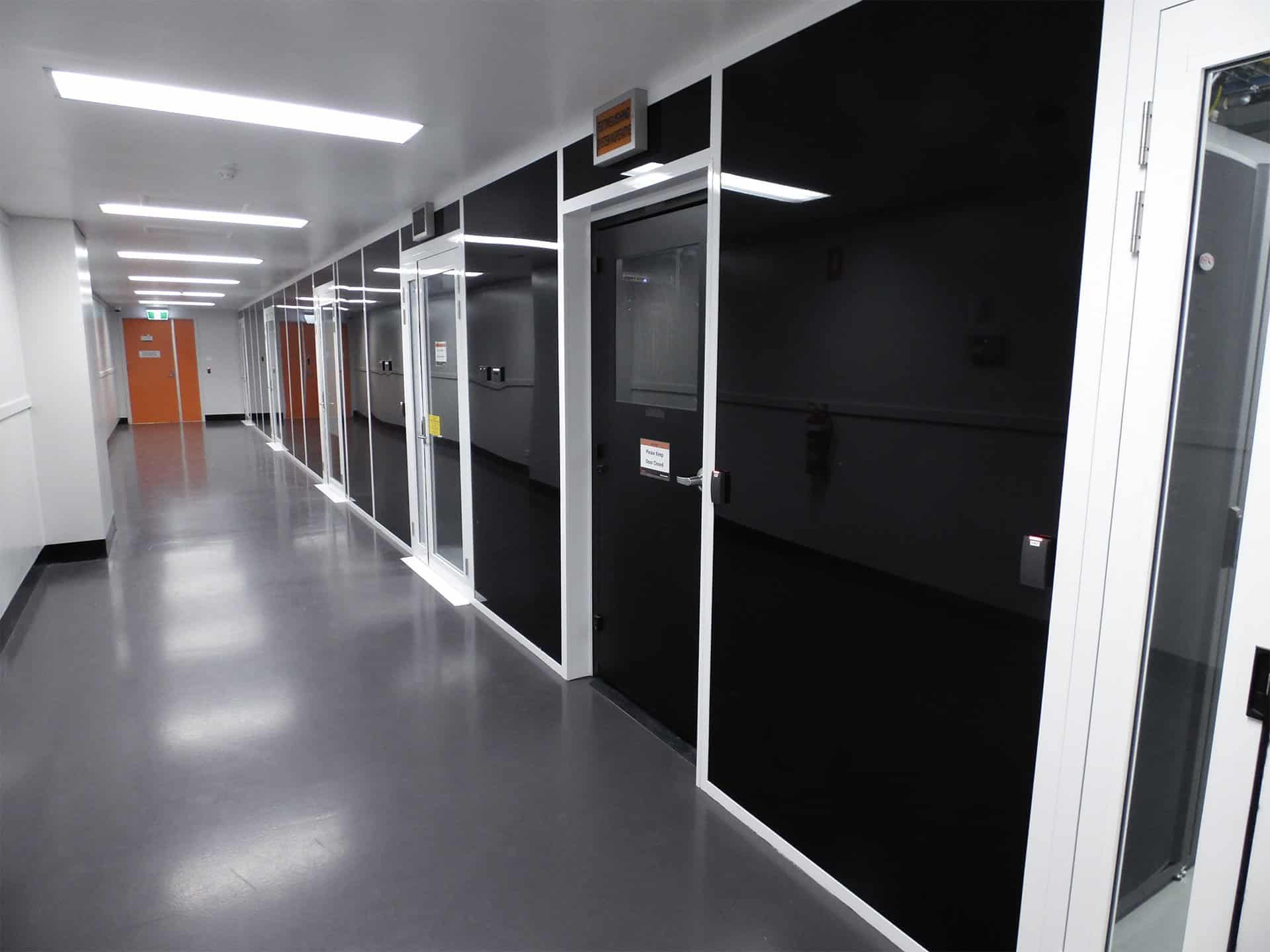
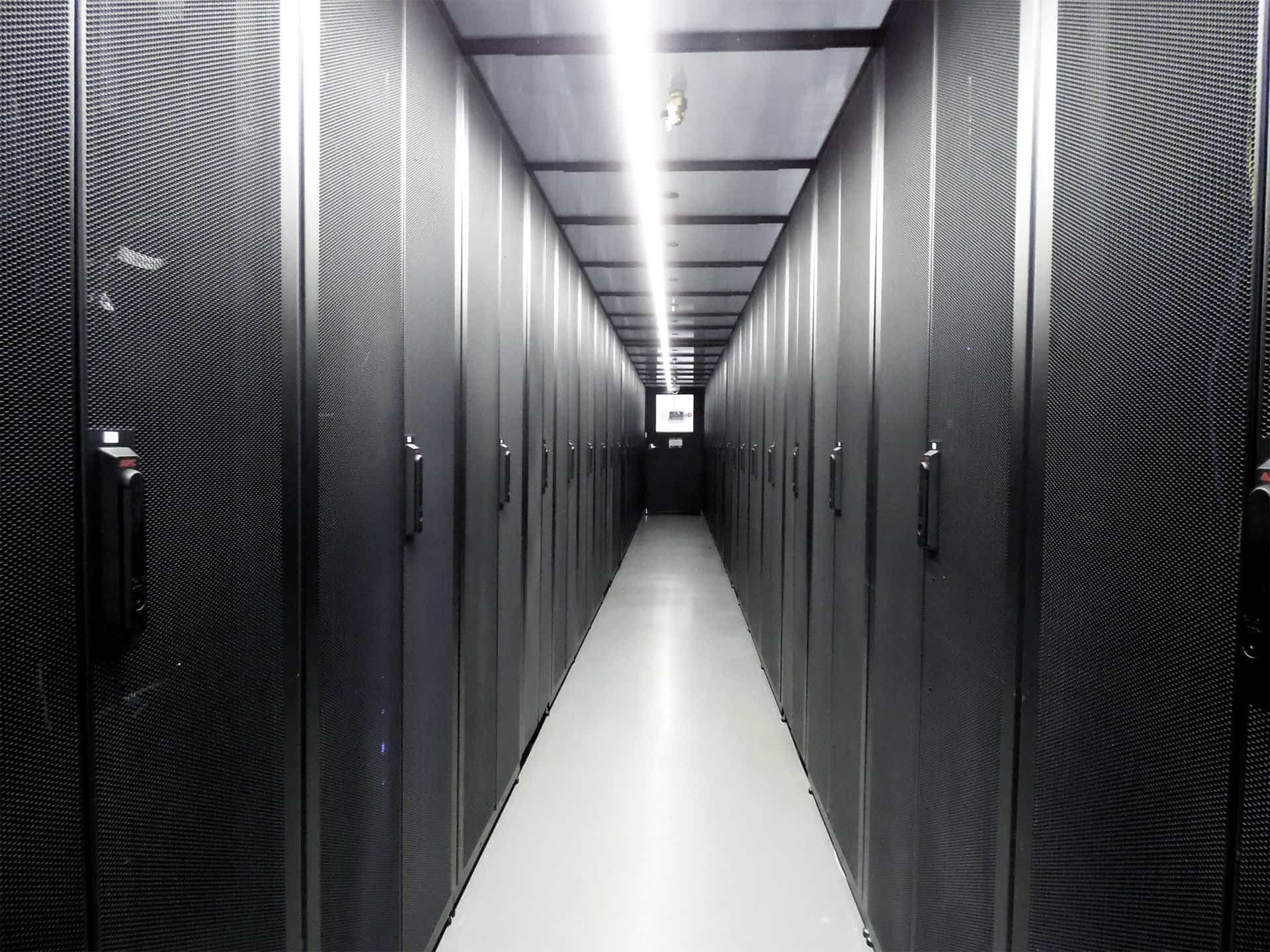
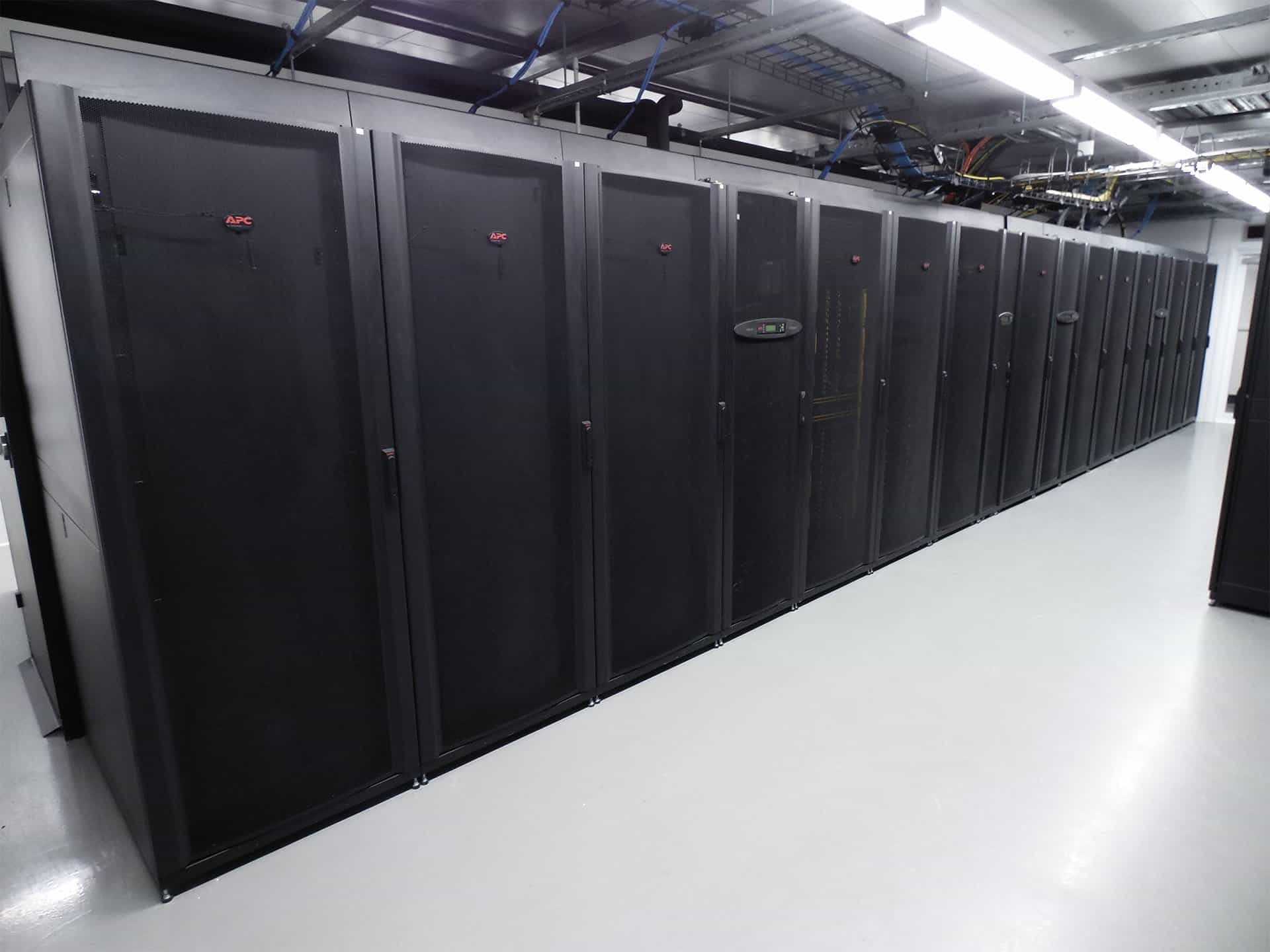
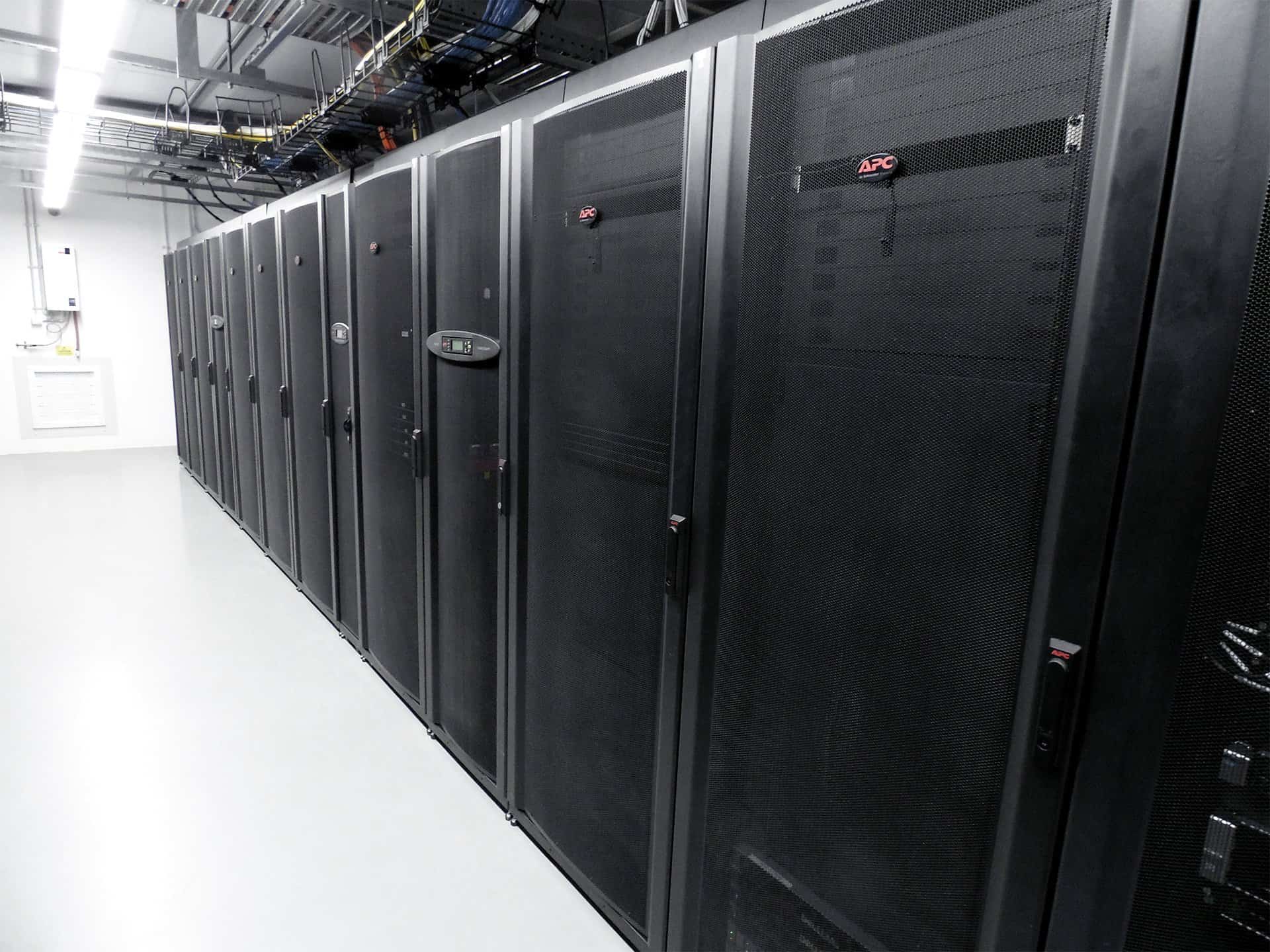
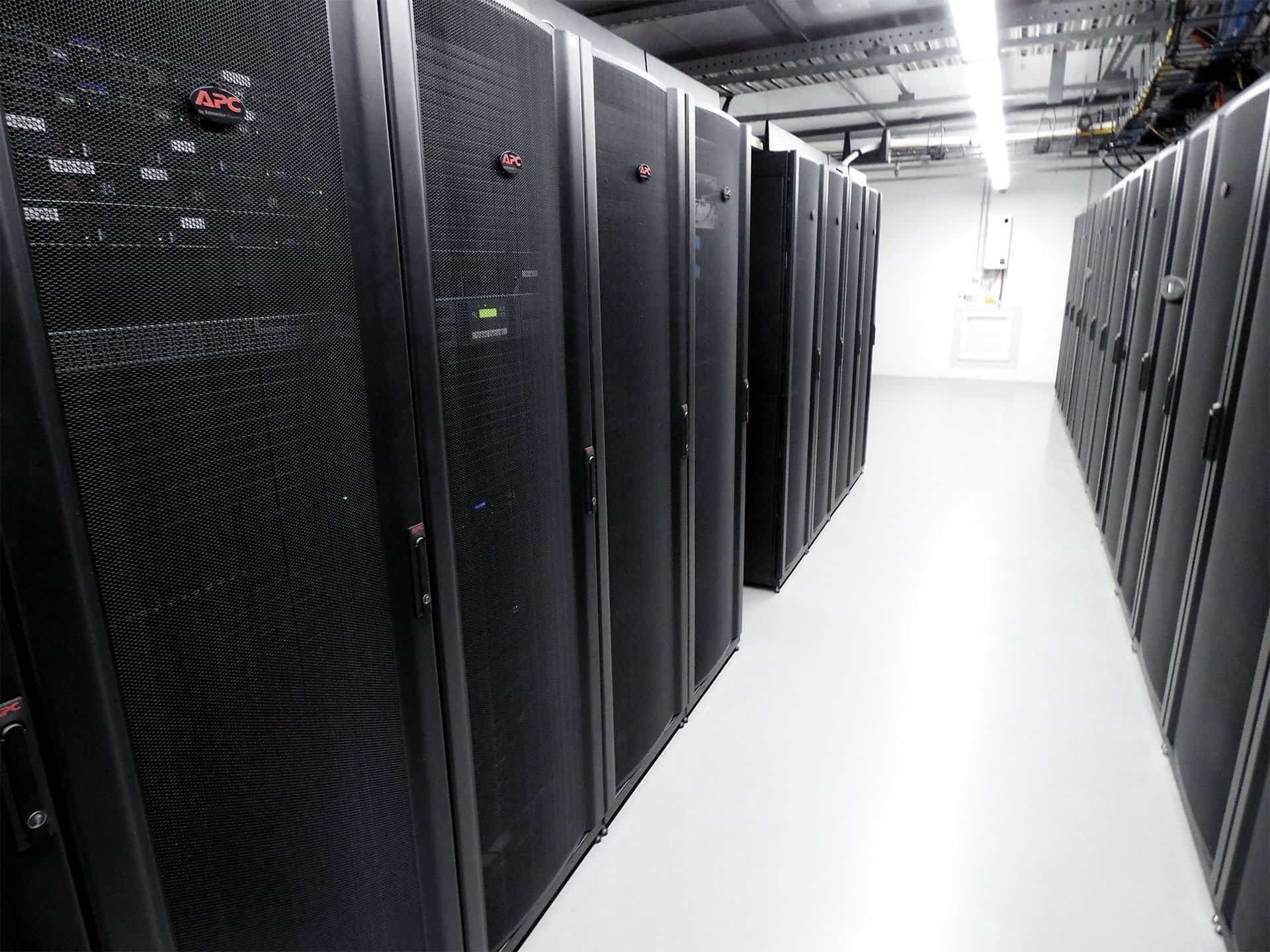
About Renewable Energy in Tas
Most of Tasmania’s electricity is generated by water (hydropower) and wind. Both these renewable energy sources are produced mechanically, with moving parts.
Difference between wind power and hydropower
The basics for the generation of electricity in both is similar in but there are differences:
- Hydropower is dependent on the one-way direction of water. Water flows down pipes to the power station. It is this movement that turns the turbine and generates electricity. Whereas Wind Power is dependent on wind direction and speed. Each wind turbine has a gearbox, brakes, and an anemometer to deal with constant change. The anemometer measures wind speed and direction, while the gearbox adjusts axle speed to ensure the generator runs efficiently. When the wind becomes too strong, the brakes prevent the blades from turning. The nacelle (the ‘box’ on top of the tower) which houses the above-mentioned equipment must adjust to face the wind and rotate when necessary to capture and produce energy.
- The size of generators varies as well. In general, hydropower stations have fewer and larger turbines. Wind turbines are typically smaller in size. Hydro Tasmania’s turbines at the Gordon Power Station, for example, have a generating capacity of 150 megawatts and are three in number. The turbines at the Bluff Point Wind Farm are 1.75 MW and there are 37 of them.



